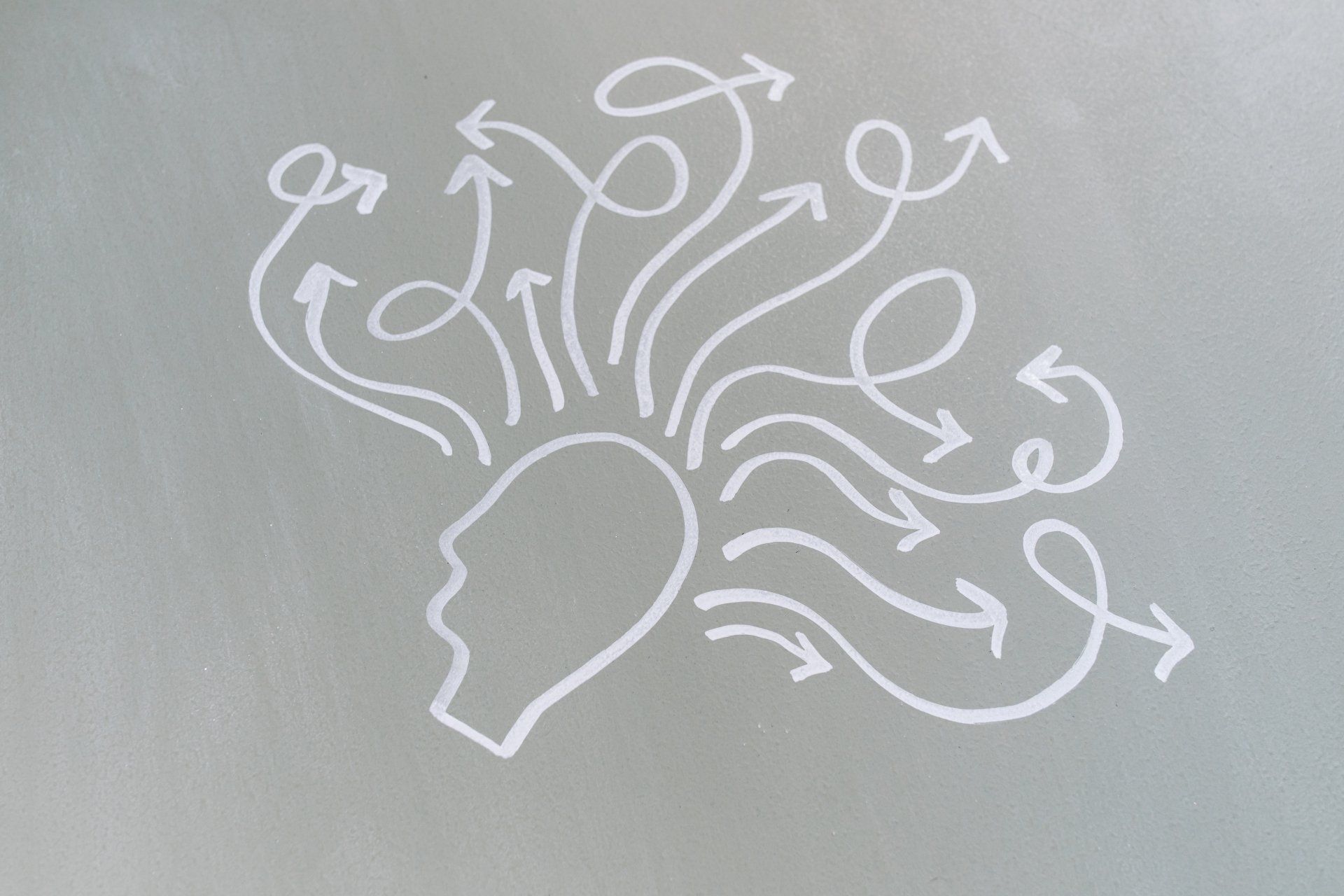Double the Dopamine: Why It’s So Hard to Control Your Cravings
Indulging in your favourite food is common during the holiday season and while your new year’s resolution may have been to eat more healthy, a neurotransmitter called dopamine could be preventing you from doing that.
Dopamine is a pleasure chemical that plays a role in identifying and reinforcing rewarding/pleasurable experiences. Researchers at Max Planck Institute in Germany decided to use a positron-emission tomography (PET) technique to monitor the peaks of dopamine release while people ate palatable (pleasant tasting) and non-palatable (unpleasant tasting) food. This PET technique also helped identify the brain regions associated with the releases.
Twelve volunteers were given either a delicious milkshake or a tasteless solution while PET data was being recorded. As expected, dopamine was released when a volunteer ingested a milkshake however, researchers found that the neurochemical was actually released at two different times. The first is when you place food in your mouth while actively chewing and the second time is when the food reaches your stomach. The first release occurred in regions related to sensory perception and reward, whereas the second release involved regions associated with higher cognitive functions.
In addition, the craving/desire for a milkshake was connected to the amount of dopamine released. When a volunteer’s craving was high, the first jolt of dopamine would be high. Although more dopamine would be released initially, there would be a reduced amount of the pleasure chemical when the milkshake would reach the volunteer’s stomach.
The findings from this study supports the idea that the high from the food we crave outpaces the actual enjoyment we get from eating those foods. Essentially, the first couple bites you take from that delicious slice of pizza you crave will match your desire for it but as you continue eating, the amount of pleasure you get from that pizza slice will diminish.
Though this was a small study, it was the first time gut-induced dopamine release was demonstrated in humans. Similar experiments were done in the past with mice as the subjects however, results from this study are not conclusive and further research needs to be done. An important take-away from this study is that your willpower may be tested the next time you crave chocolate cake because with every craving comes two generous releases of dopamine.
REFERENCES
Sharmili Edwin Thanarajah, Heiko Backes, Alexandra G. DiFeliceantonio, Kerstin Albus, Anna Lena Cremer, Ruth Hanssen, Rachel N. Lippert, Oliver A. Cornely, Dana M. Small, Jens C. Brüning, Marc Tittgemeyer. Food Intake Recruits Orosensory and Post-ingestive Dopaminergic Circuits to Affect Eating Desire in Humans. Cell Metabolism, 2018; DOI: 10.1016/j.cmet.2018.12.006











